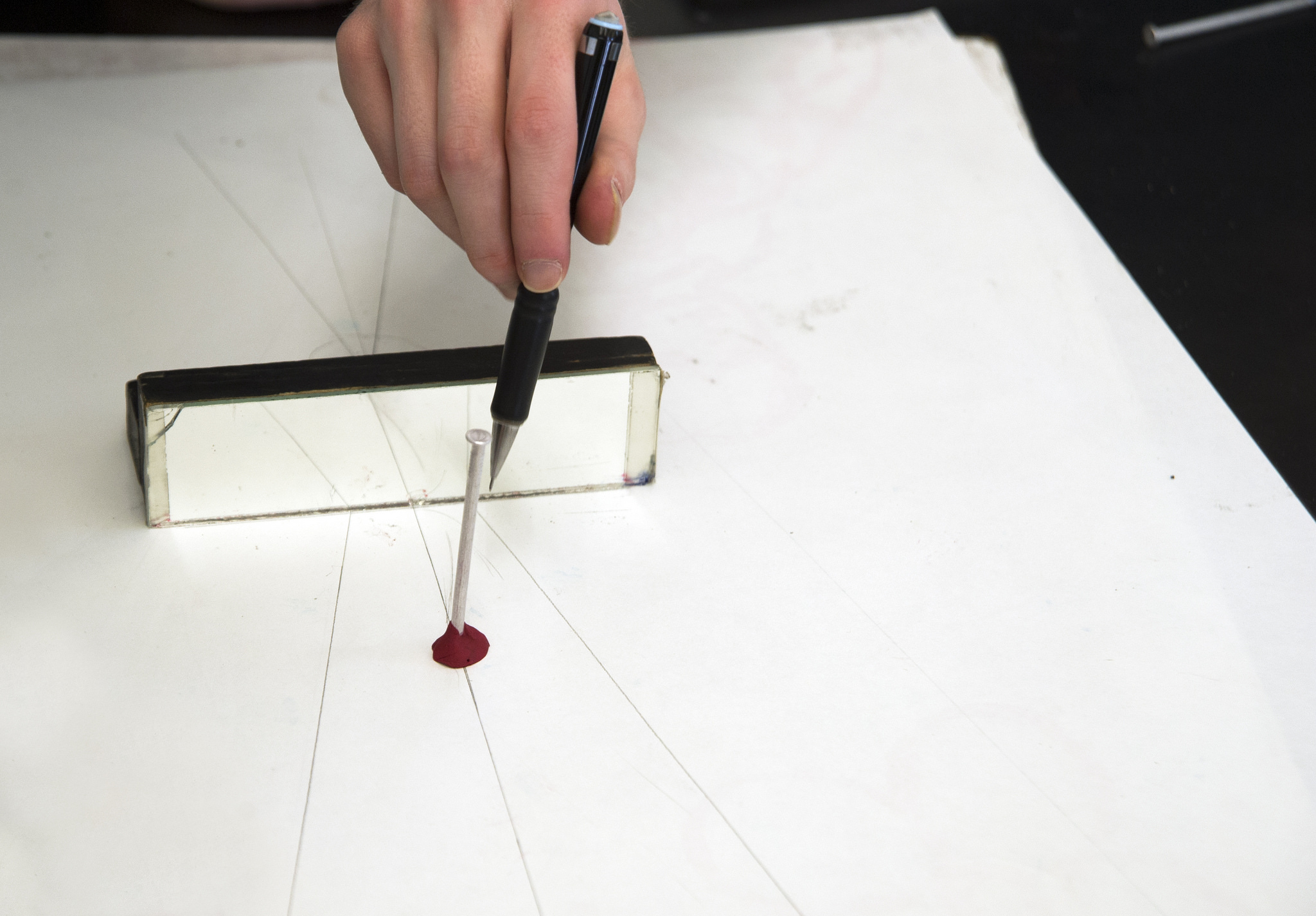Physics by Inquiry for Prospective High School Teachers
Professor MacKenzie Stetzer
For this project, a new physics course for prospective high school teachers was developed and taught, using materials from Physics by Inquiry (PbI). Since the instructor was jointly teaching the new course (PHY 497) with an existing course for prospective elementary school teachers (PHY 102), the materials for PHY 102 were also modified to ensure general content alignment.
Most of the key features of a PbI course were retained (e.g., pretests, papers, exams, discussion problems, and instructor checkouts). While PbI already supports the development of important scientific practices and provides prospective teachers have opportunities to assess student reasoning via hypothetical student dialogues, instructor checkouts with the students were also employed to help students reflect on their experiences through lens of a high school teacher by means of rich discussions about hypothetical instructional situations and about the rationale behind and the goals of the materials.
The laboratory-based course for prospective high school teachers, taught jointly with PHY 102, met for six hours per week and was a stand-alone one-semester course. The instructional materials were drawn from both published and unpublished modules on kinematics and dynamics from Physics by Inquiry; these materials attend to many of the grade-band appropriate scientific practices as well as content.
Due to the highly optimized nature of the course, only three students were enrolled in PHY 497: two Master of Science in Teaching students (one specializing in physics and the other specializing in the life sciences) and one undergraduate (who was also working as a Maine Learning Assistant in the calculus-based introductory course).
The primary optimized activity (above and beyond typical PbI course elements) was a paper assignment for PHY 497 in which students were asked to review and critically evaluate three sections from Project-Based Inquiry Science: Vehicles in Motion[i], instructional materials on force, motion, and engineering design for middle-school physical science courses. (A copy of the assignment is included below.) The goal was to gain insight into the impact of PbI instruction on students’ development of a coherent conceptual framework for kinematics and dynamics and the extent to which this framework helps students become critical consumers of instructional materials (e.g., through the identification of gaps in the logical development of concepts).
Data in the form of student responses to all course activities were collected and scanned. Given that there were only three students enrolled in PHY 497, an analysis of pre-post comparisons will not be terribly helpful. In general, however, students responses on exam questions, which were very challenging and required rather sophisticated lines of reasoning, were extremely strong. Moreover, student responses to the paper assignment were outstanding. The critiques were characterized by detailed, well-articulated discussions of logical gaps and sequencing issues. Both major and minor issues were identified with the middle school instruction materials, and the ability of the students to recognize rather subtle problems associated with the conceptual development speaks highly of the value of the in-depth, systematic building of ideas that takes place in a PbI course.
In future implementations, a similar assignment will be given at the start of the semester to gauge the extent to which we can unambiguously attribute the document expertise in the assessment of instructional materials to the course itself. In addition, assignments related to the logical development of ideas (and issues therein) associated with the NGSS will also be administered.
[i] J. L. Kolodner, J. S. Krajcik, D. C. Edelson, B. J. Reiser, and M. L. Starr, Project-Based Inquiry Science: Vehicles in Motion (It’s About Time, Herff Jones Education Division, Armonk, NY, 2009).

